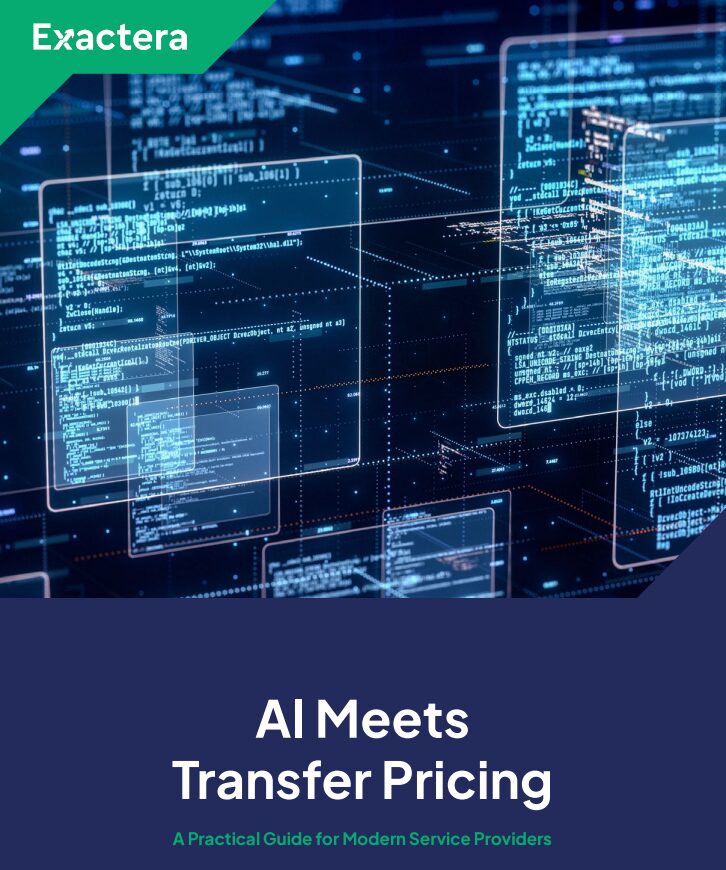
AI Meets Transfer Pricing: A Practical Guide for Modern Service Providers
The transfer pricing landscape has fundamentally shifted. Compressed timelines, evolving regulations, and mounting client expectations are forcing service providers to abandon manual processes that no longer scale. AI for Transfer Pricing Service Providers reveals how artificial intelligence can transform your practice from a resource-heavy operation into a strategic, scalable advantage.
What’s Inside the Guide?
- How regulatory changes and complexity explosion are creating operational strain for TP service providers
- Why traditional manual processes can’t meet today’s client demands
- How AI tools like ExactMatch and ExactReport accelerate benchmarking and documentation while improving the quality of reports
- Best practices for implementing AI responsibly in transfer pricing workflows
- Critical safeguards and quality controls to ensure compliance and protect sensitive information
- A roadmap for becoming a future-ready firm that delivers faster, more consistent, and more defensible results
Transform your practice and competitive position. The technology is here, the advantage is real—the time is now.
Get Your Free Copy Now
"*" indicates required fields

